
Say Goodbye to Spring Allergies: How Air Purifiers Can Help Conscious Parents
As the buds bloom and nature awakens from its winter slumber, spring brings with it a vibrant burst of life. However, for many, this seasonal
Call us on 0333 015 4345 or email hello@theconsciousparent.co.uk
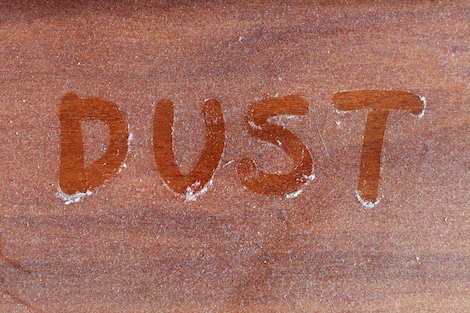
Dust can gather on pretty much any surface in your home. And though a bit of dust is inevitable, a lot of dust can be very bad for your health.
Household dust can contain thriving cultures of tiny organisms, and some of them can carry a health risk.
In this post we’ll discuss some of the organisms you might find in dust, how long they can live, and what sort of health problems they might bring. We’ll also explore some ways you can help reduce the levels of harmful organisms in your home.
Microbes commonly found in homes include:
In fact, a 2015 study analysed the dust from 1,200 homes. They found that the dust in your home can contain an average of 9,000 different species of microbes.
Different organisms have different lifespans. Fungal spores and bacteria can reproduce on their own, so they can thrive pretty much indefinitely in dust. But viruses need a host body to reproduce, so they’ll have a much shorter lifespan in dust.
A microbe’s lifespan depends on many things. Some thrive in heat, but others prefer low temperatures. Some might only live for a few hours. But others can live for hundreds of years.
An individual dust mite might only live for a month or so. Yet dust mites feed on dead skin cells and other organic matter. So if they find a moist and dark place with a good food supply, a microbiome of dust mites could subsist for months.
Before we go any further, there are two things you should know:
But as we’ve seen, some of these organisms can trigger allergies and lead to other health problems. So while you’ll always have to share your home with thousands of tiny organisms, there are some things you can do to manage the risk they pose.
Dust your surfaces as often as possible. And when dusting, use a damp cloth to prevent dust from flying into the air while you clean. Also consider decluttering your home, to give dust fewer surfaces to settle on.
Dust can also gather in the fibres of your soft furnishings and carpets. So wash your upholstery as often as you can, and hoover regularly using a vacuum cleaner fitted with a HEPA filter to trap and kill microbes.
If you think the microbes in your home are causing you problems, talk to your doctor. They can help you pinpoint the underlying cause of your condition, and they might advise on some steps you can take to address it. If nothing else, they can prescribe some medication to help you manage your symptoms.
Some of the organisms living in your household dust might come from your pets. Your furry friends can also create pet dander, which can also trigger a number of health conditions.
Obviously, you don’t want to get rid of your pets. But if they’re contributing to health problems, you might need to rethink a few things.
Regularly washing their bedding, and any surfaces they sleep on, will help prevent the build-up of pet dander and other harmful substances. And as many allergies can be worse at night, consider preventing your pets from sleeping in, or even entering, your bedroom.
Opening your windows can make rooms feel fresher. But many of the microbes found in household dust come from the outside. Also, keeping your windows open can invite other potentially harmful substances into your home, such as particulate matter and pollen.
So if you really want to get on top of a dust problem, combine regular cleaning with a good air purifier.
Our domestic air purifiers use advanced HEPASilent technology to capture 99.97% of all airborne particles down to 0.1 micron in size. This includes dust and the many organisms that live in it, including viruses, bacteria, fungal spores and dust mites. But it will also capture many other common allergens, including pollen and pet dander.
Head here to learn more about how our air purifiers work, and the difference they can make for you and your family.
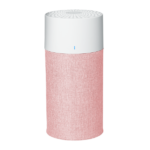
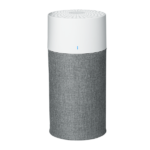
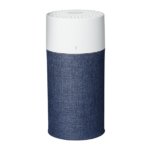
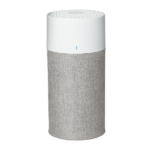

As the buds bloom and nature awakens from its winter slumber, spring brings with it a vibrant burst of life. However, for many, this seasonal

Babies don’t develop self-awareness until they’re around two years old. At around this time, they’ll come to realise that they’re seeing themselves when they look

The Conscious
Parent Company
G4 Business Centre
19-21 Carlisle Street East
Sheffield S4 7QN
0333 015 4345
hello@theconsciousparent.co.uk
